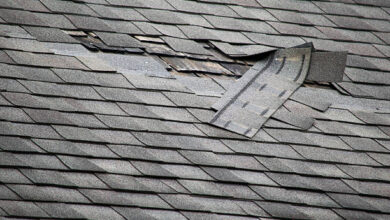Navigating the Frosty Challenges That Affect Your Plumbing
The Cold Reality: How Winter Freezes Your Pipes
The most notorious impact of winter on plumbing is undoubtedly frozen pipes. When water in the pipes drops below freezing, it expands, putting immense pressure on the pipe walls. The consequences can range from minor inconveniences to severe pipe bursts, causing water damage and costly repairs. Understanding the science behind this phenomenon is crucial for homeowners looking to safeguard their plumbing during winter.
To mitigate the risk of frozen pipes, insulation is key. Ensuring that vulnerable pipes are properly insulated, especially those located in unheated areas like basements, attics, or crawl spaces, can prevent the water inside from turning into an ice block. Additionally, allowing a trickle of water to flow through faucets during extremely cold nights can help prevent freezing by keeping water in motion.
Frosty Faucets: The Battle Against Winter’s Grip
Beyond frozen pipes, winter can also impact your faucets directly. Exposed outdoor faucets are particularly susceptible to freezing and can lead to a range of problems, from reduced water flow to complete blockage. As a preventative measure, consider installing frost-free outdoor faucets that are designed to prevent freezing by allowing water to drain out when the faucet is turned off.
In cases where outdoor faucets are not frost-free, covering them with insulating materials like foam faucet covers can offer protection. Disconnecting hoses and draining any residual water from outdoor pipes can further reduce the risk of freezing. Taking these steps can save you from the inconvenience of dealing with frozen pipes and damaged outdoor faucets when you need them the most.
Hot Water, Cold Weather: The Impact on Water Heaters
Winter can also take a toll on your water heater’s efficiency. As the temperature drops, the cold water entering the heater requires more energy to reach the desired temperature, leading to increased energy consumption. Homeowners might notice a decrease in hot water supply or longer wait times for water to heat up during the winter months.
To combat these issues, consider insulating your water heater to help it retain heat more effectively. Additionally, flushing the tank to remove sediment buildup and checking the temperature setting can contribute to optimal performance. Investing in a tankless water heater, which heats water on demand, can be a more energy-efficient alternative, especially in regions with harsh winter conditions.
The Underground Menace: Winter’s Impact on Sewer Lines
While the visible impacts of winter on plumbing are concerning, the unseen threats to sewer lines can be equally troublesome. Frozen ground and shifting soil can exert pressure on sewer pipes, leading to cracks or even complete collapse. This can result in sewage backups, foul odors, and significant damage to your property.
Regular inspections of your sewer lines, especially before the winter season, can help identify potential issues. Professional plumbers can use advanced techniques such as video camera inspections to assess the condition of your sewer lines without invasive digging. Taking preventive measures like clearing tree roots near sewer lines and avoiding excessive disposal of grease and other debris can also contribute to a healthier, winter-ready sewer system.
Conclusion
As winter tightens its grip, the impact on your plumbing becomes increasingly apparent. From frozen pipes and faucets to the challenges faced by water heaters and sewer lines, the winter season demands proactive measures to protect your home’s plumbing infrastructure. By understanding the unique challenges posed by winter and implementing preventative strategies, homeowners can ensure that their plumbing remains resilient in the face of freezing temperatures. Remember, a little preparation can go a long way in preventing costly repairs and maintaining the comfort and functionality of your home during the chilly winter months. Stay warm, stay informed, and keep your plumbing in top shape throughout the frosty season.


